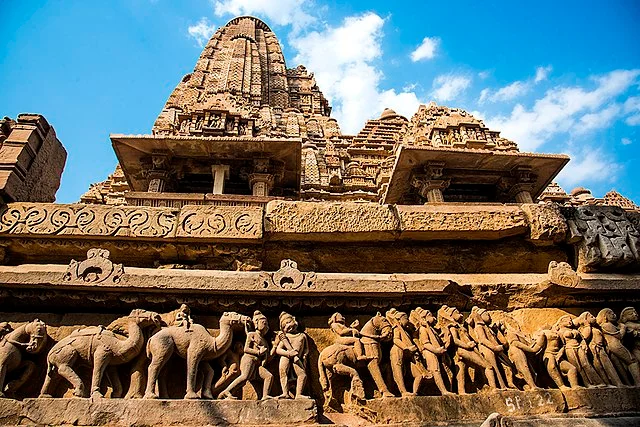The Khajuraho Group of Monuments is a renowned collection of Hindu and Jain temples located in Madhya Pradesh, India. Constructed between 950 AD and 1050 AD, these temples are exceptional for their intricate architectural details and expansive sculptural decorations. UNESCO recognized them as a World Heritage Site in 1986, acknowledging their importance as a cultural and historical landmark.
Get your dose of History via Email
Historical Background
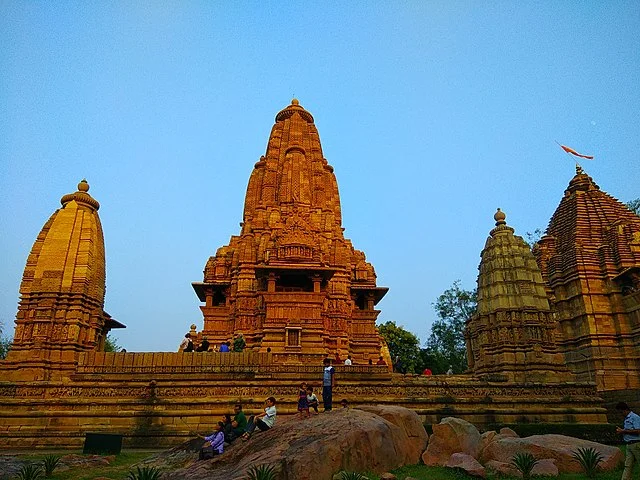
The Khajuraho temples were built during the Chandela dynasty, which ruled central India from the 9th to the 13th centuries AD. This dynasty, known for its support of art and culture, commissioned the construction of these temples at Khajuraho as a part of their patronage. Historical records and inscriptions suggest that around 85 temples were originally constructed at Khajuraho, though only about 25 survive today. The site represents a unique blend of religious diversity, with temples dedicated to both Hindu and Jain deities.
Architectural Significance
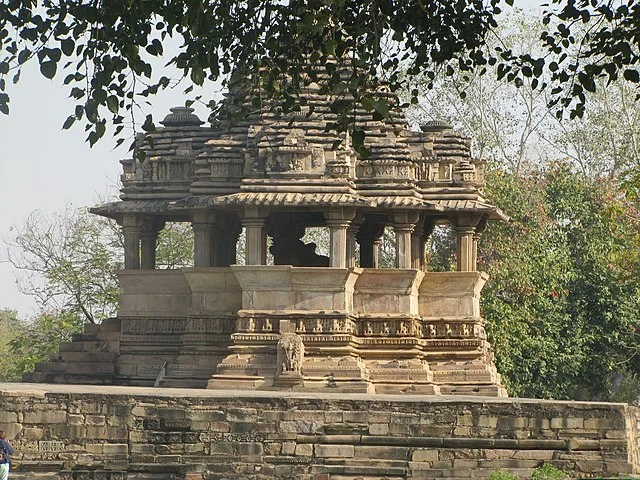
The architecture of the Khajuraho temples displays an advanced level of craftsmanship and a keen understanding of structural design. The temples follow a standard Nagara architectural style, a style characterized by towering spires (shikharas) and elaborate sculptural elements. The temples are divided into three parts: the entrance hall (ardhamandapa), the main hall (mandapa), and the inner sanctum (garbhagriha). This arrangement allowed worshippers to progress from the external world to the sacred interior space.
The temples are constructed from sandstone, with different shades of pink, yellow, and buff giving the structures a distinct appearance. The stones were joined by mortise and tenon joints, rather than by mortar. This technique allowed for precise alignments in architectural elements and prevented damage from expansion or contraction due to climate changes. The tallest temple in the group, Kandariya Mahadeva, reaches a height of 102 feet and is regarded as one of the most magnificent examples of medieval temple architecture in India.
Sculptural Art
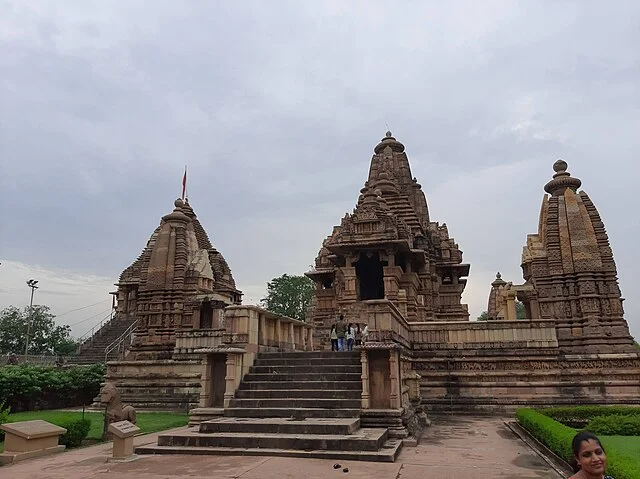
The sculptural decoration at Khajuraho is unmatched, encompassing a wide range of subjects and themes. The exterior walls of the temples are adorned with carvings depicting scenes from everyday life, religious practices, and mythological narratives. The sculptures are not confined to religious subjects; they depict dancers, musicians, and warriors, showcasing aspects of daily Chandela society.
One of the notable features of Khajuraho’s art is its erotic sculptures, which have garnered significant attention. These sculptures, found on the outer walls of the temples, represent different aspects of human experience and are often interpreted as symbolic of spiritual transcendence. The inclusion of these sculptures within a religious context has led to various theories about their purpose, with scholars proposing they represent fertility, prosperity, or the interplay between divine and earthly realms.
Religious and Cultural Importance
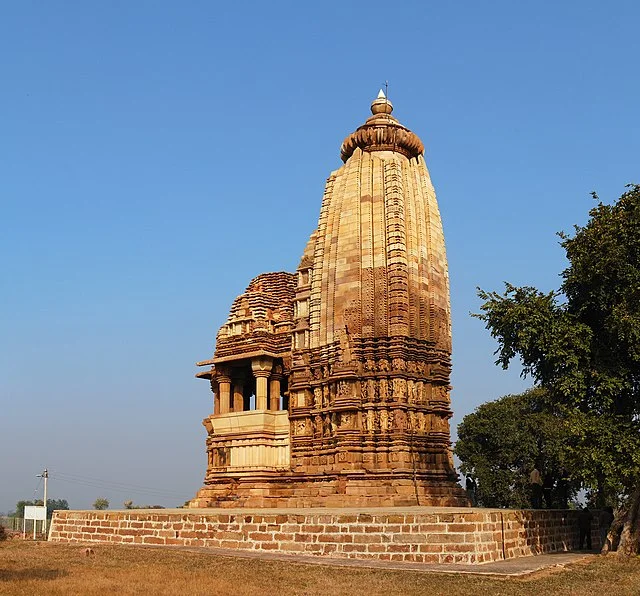
The Khajuraho Group of Monuments serves as a significant symbol of both Hindu and Jain religious beliefs. The site has temples dedicated to Hindu deities such as Shiva, Vishnu, and Devi, alongside Jain temples, reflecting the region’s historical religious tolerance. These temples allowed the Chandelas to convey religious devotion while celebrating artistic expression.
In addition to their religious importance, the temples stand as cultural relics of Chandela society. They offer insights into the social structures, values, and worldviews of the period, captured in the artistic and architectural achievements of the time. The Khajuraho temples’ blend of art and architecture provides a comprehensive view of cultural life under the Chandelas.
Preservation Efforts
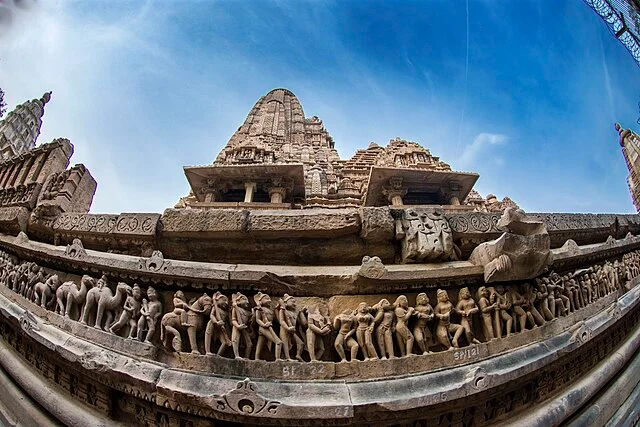
The Khajuraho monuments have withstood centuries, yet preservation challenges remain. British officers in the 19th century first drew attention to the temples, leading to eventual restoration efforts by the Archaeological Survey of India (ASI) to protect the remaining structures. Restoration projects focus on stabilizing the sandstone structure and preserving intricate sculptures from erosion. UNESCO’s designation in 1986 further emphasized the need to safeguard this unique site.
Conclusion
The Khajuraho Group of Monuments stands as an exceptional representation of medieval Indian art, religion, and architecture. The temples reveal the Chandela dynasty’s patronage of art, devotion to religious plurality, and sophisticated craftsmanship. This historic site continues to draw global attention, offering a window into the social, cultural, and spiritual life of India’s past.
Source:

